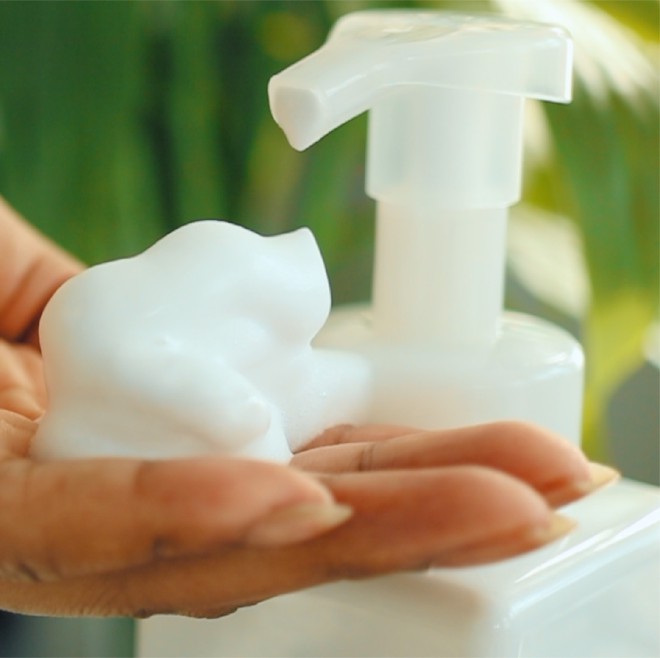Want a mild daily face cleanser, that’s oil-free AND pH balanced? Well, you’re in the right place! Try this silky smooth, luxurious foaming cleanser that uses kaolin clay and mild surfactants for a gentle clean - perfect for everyday use.
Recipe
Phase A
- 50g Decyl Glucoside
- 2g (max) Essential Oils (optional)
Phase B
- 133g Distilled Water
- 4g Kaolin Clay
Phase C
- 10g Glycerine
- 2g Xanthan Gum
- 2g Preservative Eco
Method
- Measure out your 3 ingredients phases: Phase A (decyl glucoside, essential oils), Phase B (distilled water, kaolin clay) and Phase C (glycerine, xanthan gum).
- Mix together the Xanthan gum & glycerine and set aside for 20 minutes
- Add the clay to the water and mix thoroughly using an immersion blender.
- For a fragranced face cleanser, add essential oils to surfactant the decyl glucoside
- Now add the surfactant mix to water mixture, and mix together using a hand whisk so as not to cause the surfactant to foam
- Then add xanthan gum mixture to the surfactant & water mixture. Blend only sufficiently to mix, if using an immersion blender - use short bursts and continually check the cleanser to make sure it’s not over-mixed
- Lastly, using a scale add the preservative.
This recipe makes 200g. See the interactive oil free face cleanser formula to customise this recipe and amount.
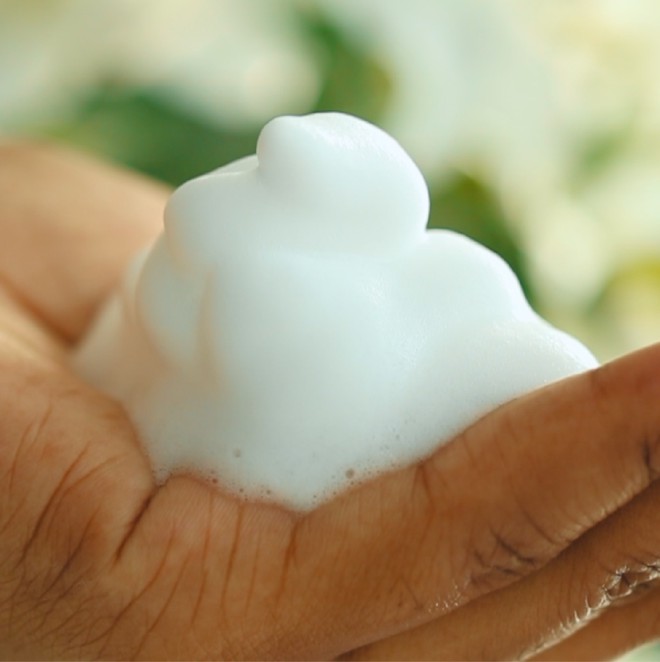
What are surfactants?
We’re using the mild, plant based surfactant, decyl glucoside in this cleanser. For more about what surfactants are and how to use them, check out my surfactants deep dive.
How to thicken your face cleanser
Xanthan Gum
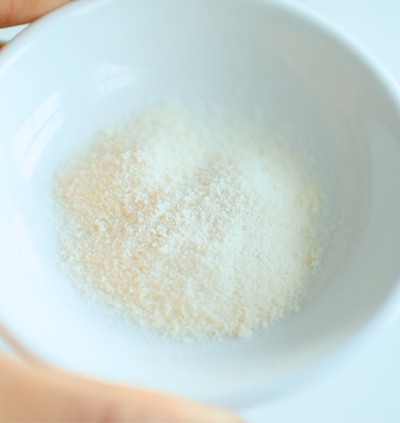
Allow the xanthan-glycerine mixture to stand for 15 to 20 minutes before adding to the face cleanser.
Kaolin Clay
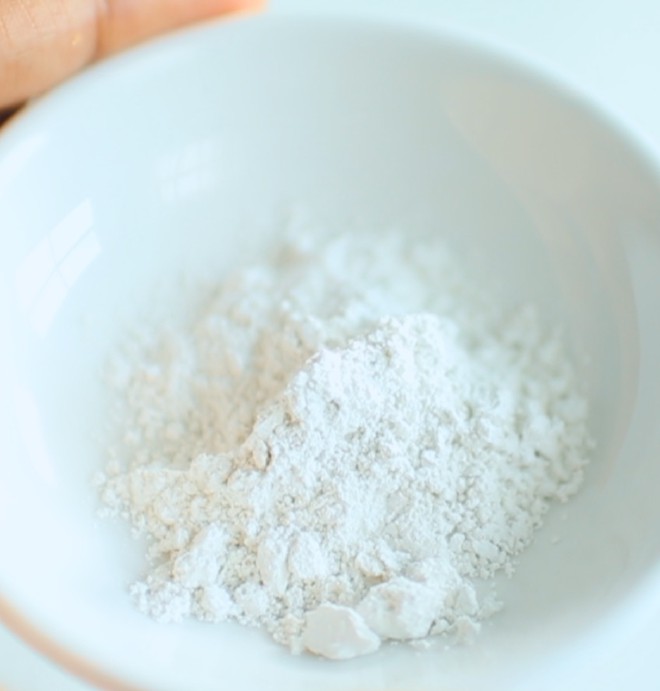
Kaolin clay is a very fine and gentle powder which makes it ideal for facial products. It consists of tiny crystals which, when mixed with water gently exfoliates the skin when massaged in, extracting impurities and absorbing excess oil. It has a lower pH than a lot of cosmetic clays, like bentonite or rhassoul, which make it more in line with our skin. It thickens the cleanser and helps to give it a silky, luxurious feel, without causing irritation, leaving the skin feeling soft.
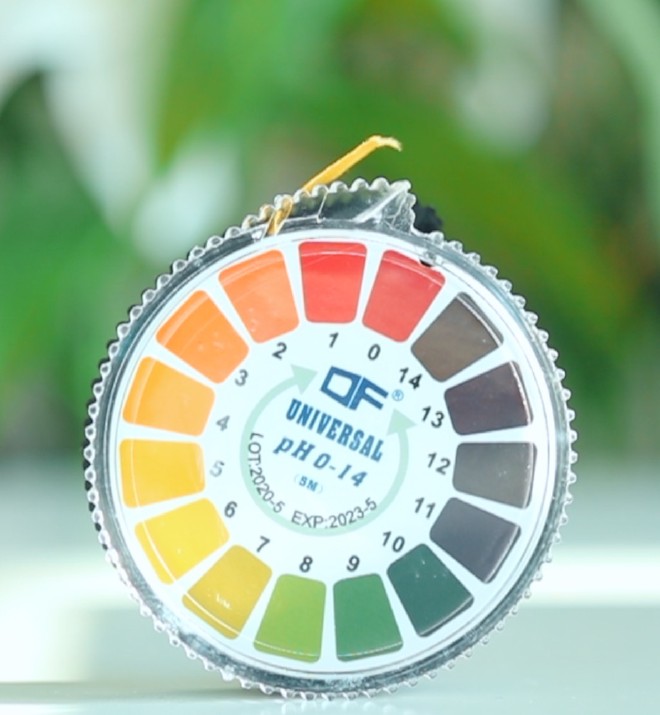
pH balanced face cleanser
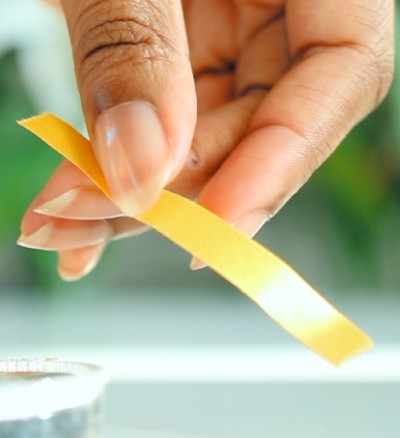
Surfactants are naturally alkaline, and if applied directly to our skin can be harsh on our face. But they are incredibly effective cleansers that remove dirt, build-up and excess oil on our skin - which is why we need to adjust the final pH of our face cleanser to bring it more in line with our skin (average pH of 4.0 - 5.0).
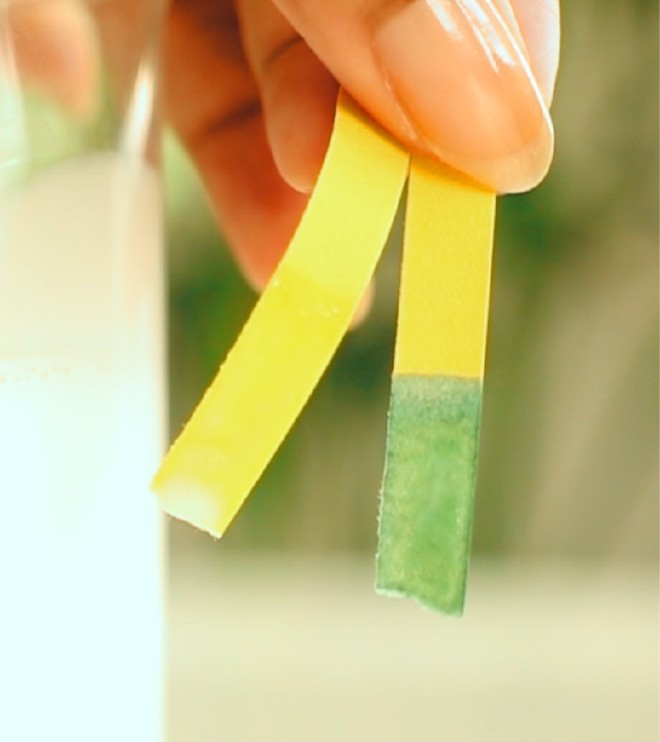
How to adjust the pH of a product
The closer a product’s pH level is to our skin, the less likely it is to cause irritation. We are aiming for a pH of 5-7. Adjusting the pH of a product is simple and only takes a few steps:
- Test the pH of your cleanser by using a pH strip or meter
- Adjust the pH by using either citric acid (to lower the pH) or baking soda (the raise the pH) until you get within a suitable range for your product
- Check the final pH of your products, make further adjustments if necessary
Citric acid is highly acidic so you will likely need less than a gram to lower the pH of our face cleanser. I recommend adding an extremely small amount at a time, mixing it in and then checking the pH again before adding more.
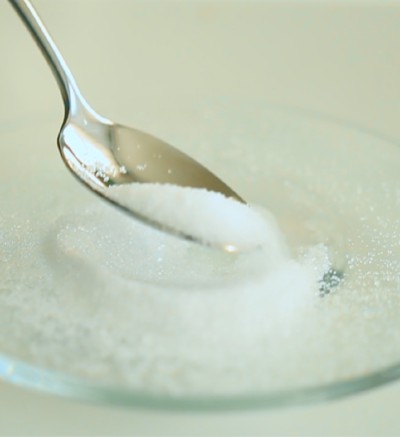
It’s best to adjust your pH of your finished face cleanser as the preservative, glycerine & xanthan gum can all effect the pH of your product. Once you’ve adjusted the pH, thoroughly mix your oil-free face cleanser to make sure it’s evenly incorporated.
How to make a foaming cleanser
To turn this oil-free face cleanser into a foaming cleanser all you need is a little extra water and a foam dispenser. Foam dispensers can look very similar to traditional pump bottles but the mechanism inside the pump help it produce a foam. This cleanser recipe is suitable to turn into a foaming cleanser just by diluting it with water according to the instructions on your foam dispenser. It produces a beautifully light foam that makes cleansing a dream! I highly recommend you try it.
So who needs oil? You can make a luscious foaming facial wash in just a few simple steps!
